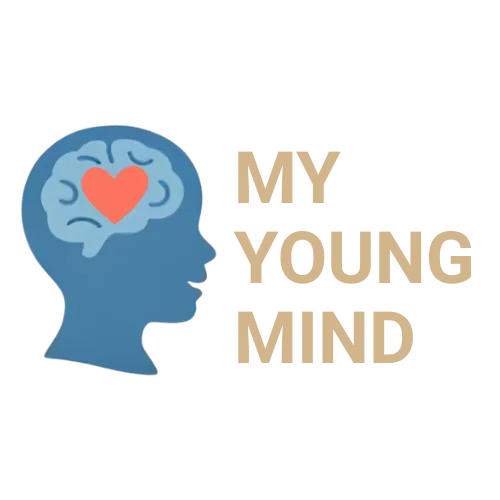
How to Help a Child with OCD
How to Help a Child with OCD: A Calm, Compassionate Guide
As a parent, it’s heartbreaking to watch your child struggle with obsessive thoughts or rituals they feel they have to do. Maybe they need to touch something a certain number of times, ask the same question over and over, or wash their hands repeatedly. You might have tried to reassure them, reason with them, or even gently challenge the behaviour — but nothing seems to stick.
You’re not alone.
It might feel like something is deeply wrong. Like their mind has a glitch or they’re stuck forever. But what if OCD isn’t what it seems on the surface?
Let’s look a little deeper.
OCD Is a Sign of a Creative, Protective Mind
Every OCD behaviour starts with one thing: a thought.
“I have to check the door again or something bad will happen.”
“If I don’t say it just right, something will go wrong.”
“I need to do this or I won’t feel safe.”
And that thought feels real. Not because it is — but because of how thought works.
You see, our minds are designed to believe the thoughts that come through, especially when we’re in a low or anxious mood. It’s like being caught in a thunderstorm and thinking the whole world is only ever rain. In that state, everything feels urgent, dangerous, and serious.
But the storm isn’t permanent. And neither are the thoughts.
The Snowball Effect of Innocent Thinking
When a child has an intrusive thought that feels scary or uncomfortable, they try to get rid of it. That’s normal. We all do that in different ways — distraction, reassurance, overthinking.
But the mind, in its innocence, starts making up rules:
“If I do this ritual, I’ll feel better.”
“If I avoid that, I won’t feel the bad thought again.”
And for a moment, it works. They feel safer.
So the brain learns: That behaviour = relief.
But it’s short-lived. So they have to do it again. And again. And the loop begins.
It’s a bit like trying to control the wind by spinning in a circle. It makes sense in the moment — but it’s not really solving anything.
Seeing Past the Content to the Process
Parents often get caught up in the content of their child’s OCD: the washing, the checking, the asking. But those are just clouds. The real issue is the process — the innocent misunderstanding of how the mind works.
Your child is trying to feel okay. They just don’t realise that the storm will pass on its own.
And here’s the good news:
They are not broken.
Their wisdom is still intact.
They are not the OCD — they’re the one who notices it.
The Lighter Way Through
So what can you do?
Don’t panic. You don’t need to ‘fix’ your child. That urgency is often what keeps the loop going.
See their wholeness. They are not fragile. They are not weak. They are navigating something with the resources they have — and those resources grow when you stop seeing them as damaged.
Get curious, not serious. Help them explore their thoughts gently. “Is that thought true?” “What happens if you don’t do the thing — just for 5 seconds?”
Point them to the sky, not the clouds. Remind them that the thoughts are like weather — passing, shifting, not permanent.
A Simple Metaphor to Share
Imagine your child is listening to a really loud, scary song on the radio. It’s blasting in their ears, and they think, “If I turn in a circle three times, the music will stop.”
They spin — and the music stops. Coincidence? Probably. But their brain now thinks: This is how we stop scary music.
So the next time the song comes on, they spin again. But they never realised they could just… turn down the volume. Or change the station. Or step away.
That’s what OCD is like — a loud station in the mind that seems real. But your child doesn’t need to fix the radio. They just need to see they’re not the music.
They Already Have What They Need
OCD looks serious. But underneath it all, your child’s mind is working exactly as it’s designed to. It’s just believing a few thoughts too strongly, and looking for safety in all the wrong places.
The truth?
Your child already has peace, clarity, and resilience underneath the noise.
They don’t need to be “fixed.”
They just need to see it for themselves.
And with your calm presence — your trust in their inner strength — you can help point them back to the sky.
